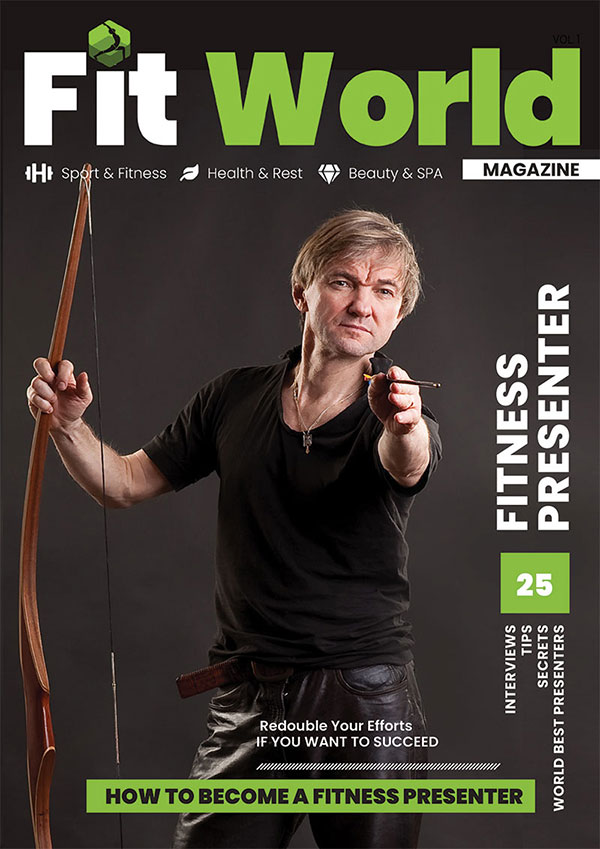The main advantage of cardio exercise is that your heart and lungs work hard. Exercise increases your heart rate and blood circulation.
Regular exercise greatly increases endurance – you stop feeling tired when climbing stairs or engaging in any other prolonged physical activity. Exercise fatigue does not occur immediately, as it does at the beginning of training, but near the end of the training.
During exercise, the body has an increased need for oxygen, breathing becomes deeper and the lung volume increases as a result. Through increased metabolism, calories are burned more quickly, which in turn leads to the breakdown of body fat. Weight “goes away” and your muscles get firmer and leaner.
Important. Regular exercise increases well-being and stress resistance. Endorphin (joy hormone) is produced, due to which one can easily give up the habit of “eating” troubles.
So, what does cardio exercise have to offer?
– general benefits for the body and health – against a background of general weight loss and increased physical activity there is an improvement in well-being, normalized sleep, lowered blood pressure, improved mood;
– weight loss effect – after just one month of regular exercise, you can see positive changes: fat is lost, skin and muscles become firmer and tighter;
– weight loss – regular exercise with a healthy diet guarantees the loss of extra weight.
Cardio training is also performed by athletes who prefer strength training, to burn fat in a targeted way. Aerobic (cardio) workouts require high energy expenditure and fat is “burned” during the workout.
The best effect is achieved when there is minimal energy left in the body. This is why professional cardio workouts are performed after strength training, in the morning on an empty stomach or before going to bed.
Control your heart rate for maximum effect
The key to getting the most out of cardio exercise is to keep your heart rate within 60-80% of your maximum allowable heart rate. Subcutaneous fat starts to burn after 20 minutes of exercise, and the intensity should be as specified above. The average heart rate for cardio exercise should be between 110-130 beats per minute.
To calculate your heart rate, take your age from 220 and multiply the value by 60 and 80%. This is the lower and upper limit for your personal heart rate.
Example. A woman is 38 years old. 220 – 38 = 182. 182 x 60% = 109.2 – lower heart rate limit. 182 x 80% = 145.6 is the upper limit. Rounded up, we get the necessary limit of 109 to 146 beats per minute.
Important. At a certain point, you reach a so-called plateau effect, i.e. your body stops responding to training. To avoid addiction, increase the intensity and duration of the workout gradually.
How long should a cardio workout last?
A standard cardio workout lasts between 40 and 60 minutes. Fat burning starts after the body’s energy reserves have been exhausted, i.e. after about 20 minutes of intensive exercise.
Exercises longer than one hour should be avoided as they can lead to exhaustion, loss of muscle mass (essential in bodybuilding) and even a nervous breakdown.
How often you should do cardio
Experts recommend cardio training 3-4 times a week. Unfortunately, not everyone is able to adhere to this rule, as the modern rhythm of life dictates its own rules. Even two sessions a week are enough to get a noticeable result. The only condition is stability of your training.
If you want, you can also train at home. The simplest example is to do a plank after you have washed the floor in the flat. Just one minute of static exercise after dynamic exercise will yield results.
Contraindications for cardio exercise
The peculiarity of cardio exercise is an increase in heart rate. You should therefore pay special attention to your health. If you have cardiovascular diseases, overweight, pregnancy, kidney or liver diseases.
If you are planning to start cardio training, you should be supervised by an instructor for the first time. A trainer will distribute the load correctly, which will help avoid unpleasant situations for the body.
Recommendations for effective cardio training
Regular cardio training gives you visible results – you will lose weight, fatty deposits will disappear and your figure will become slimmer and finer.
Rules that will help to increase the effect of cardio training:
– combination of aerobic and power exercises – aerobic loads help to burn fat during the workout, power exercises will accelerate the metabolism in the resting state (rest);
– dosage – cardio exercise should not exceed one hour, otherwise it leads to protein starvation and makes your muscles flabbier;
– a clear sequence: first iron, then aerobics (only in this way, not vice versa);
– eating a proper diet is the basis of any weight loss process.
If you have eaten an extra cake or drunk an extra glass of wine, do not prolong the workout, but increase its intensity.
Example of a home cardio workout
If you can’t go to the gym, a cardio workout at home is fine. Stock up on a heart rate monitor and go for it – jogging, walking, skipping rope. You might also consider enhancing your equipment by deciding to купить тактические перчатки, which can offer better grip and protection during your exercises like push-ups or froggy jumps. You can download a couple of aerobics or dance files and work out whenever you like. Push-ups, froggy jumps are good for getting your heart rate up.
You can end your workout at home by doing a plank, which engages all your muscle groups.
Forgotten or did not know what a plank is? Lie on the floor, rest your forearms on the floor. Your body is straight, without bending, with your elbows strictly under your shoulders. Try to stand without preparation for at least 20 seconds after dynamic exercise.














